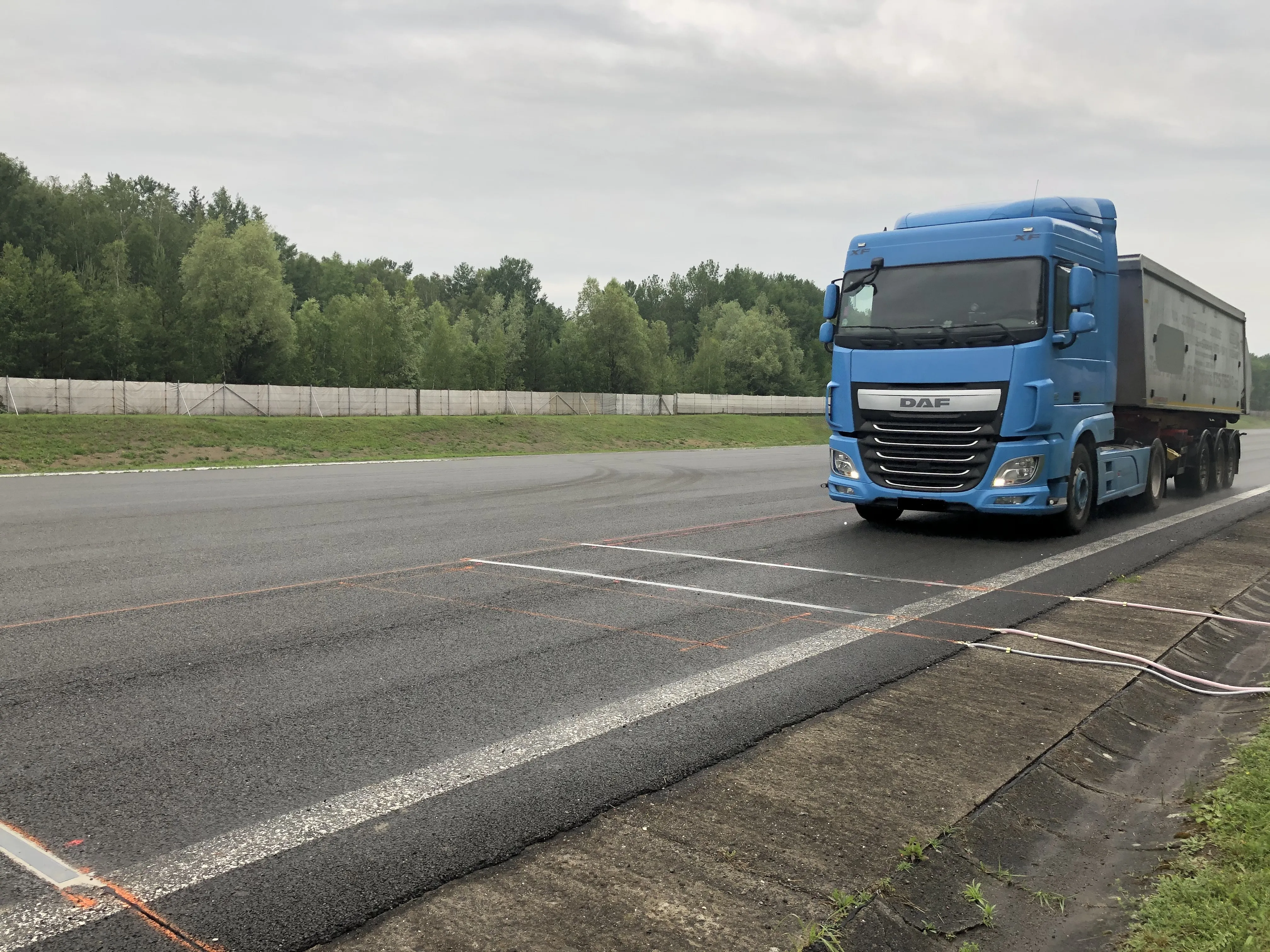A new weigh-in-motion weighbridge is being installed on State Highway 1 at the Rakaia Bridge to support the introduction of high productivity motor vehicles (HPMV) on this key South Island, New Zealand, freight route.
The HPMV system allows vehicles carrying a divisible load of essential goods to weigh more than the official 44 metric tonnes without a permit, but only on specified routes.
The NZ Transport Agency’s Southern regional director Jim Harland says as the Transport Agency works towards moving more freight on fewer vehicles throughout New Zealand, it is important to monitor the impact of heavier loads on roads and bridges to protect the assets from damage.
Two of the key assets on this critical transport link from Christchurch to Dunedin are the Rakaia and Rangitata No. 1 bridges, both of which were built in 1939 and are earmarked for US$8.3 million of strengthening work in the future.
“By installing the weigh-in-motion site we can monitor loads over the bridges to ensure we minimise any damage while we plan this work to achieve greater value from our assets,” said Harland.
He says monitoring to date had not identified any risks to the key assets from the operation of heavier freight vehicles on this route; however overloading had the potential to damage the assets.
“The US$392,000 weigh-in-motion site will also enable the Transport Agency to collect data for all vehicles travelling over the Rakaia Bridge and enable us to identify freight operators who are in breach of their permit. The site will have a camera for automated number plate recognition; we will follow-up with freight companies, whose trucks are overloaded, as well as checking on operational speeds and unpaid Road User Charges to assist with highway maintenance costs.”
It is expected the introduction of seven weigh-in-motion sites throughout New Zealand will assist with the recovery annually of US$2.3 million in unpaid road user charges.
He says the Transport Agency encourages willing compliance by freight operators because of the safety risk from overloading and disproportional wear and tear on the road network. “By operating a weigh-in-motion site we can collect the data and then target those operators who are in breach of their permit. This way we minimise the impact on the 90 per cent of truck drivers who comply with the regulations.”
A full compliance check can take 20 minutes to an hour, resulting in considerable lost time and added costs for freight operators.
Dual purpose for new weigh-in-motion site
A new weigh-in-motion weighbridge is being installed on State Highway 1 at the Rakaia Bridge to support the introduction of high productivity motor vehicles (HPMV) on this key South Island, New Zealand, freight route. The HPMV system allows vehicles carrying a divisible load of essential goods to weigh more than the official 44 metric tonnes without a permit, but only on specified routes.
October 13, 2014
Read time: 3 mins










